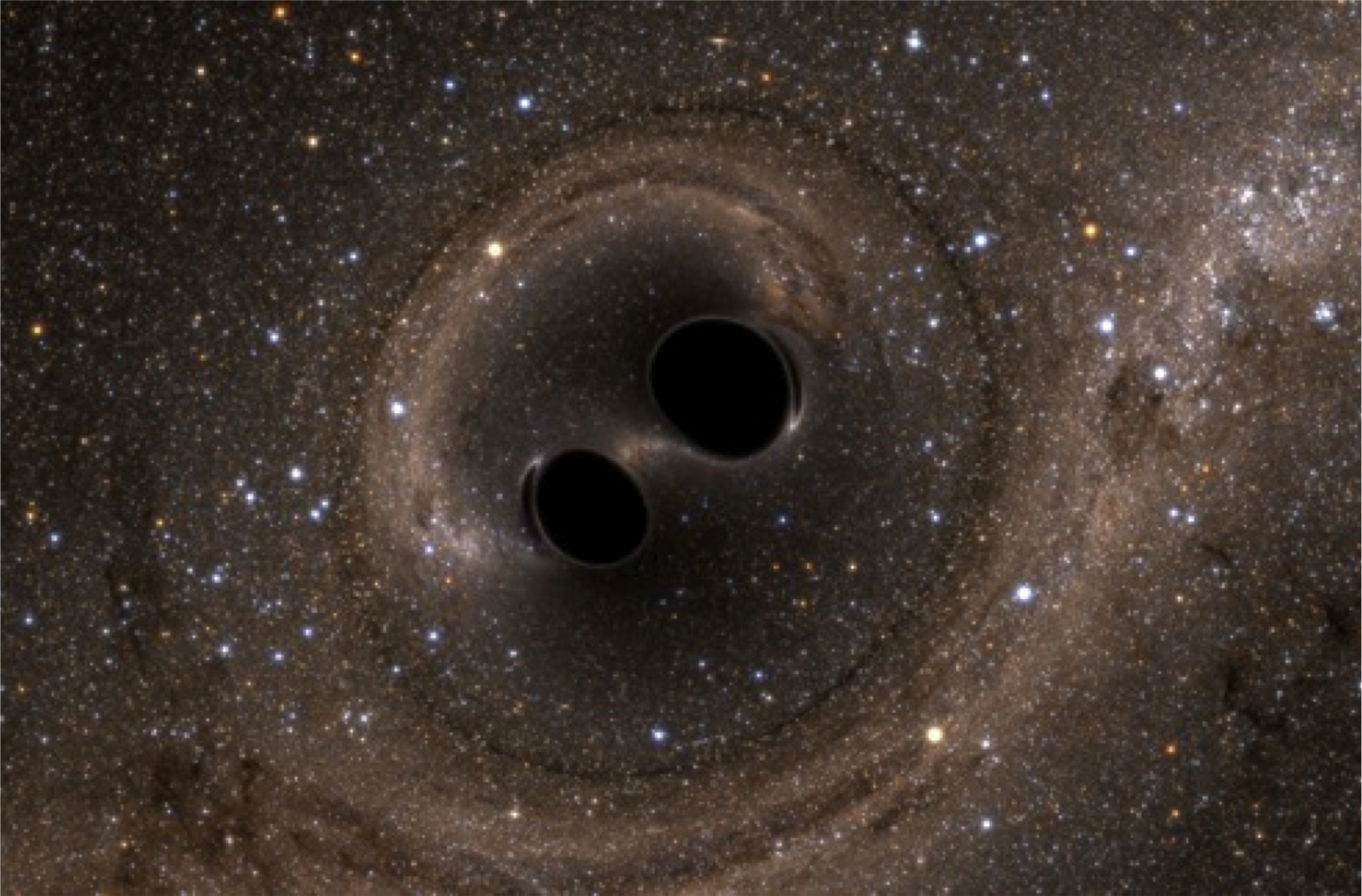1274 University of Oregon
Eugene, OR 97403-1274
541-346-5873 (phone)
rayfrey@uoregon.edu
current CV
(pdf format)

| Physics
Department 1274 University of Oregon Eugene, OR 97403-1274 541-346-5873 (phone) |
 |
 |
| BOOM! On Sept 14, 2015, the two LIGO detectors both recorded the unmistakable signature of the merger of two black holes. The LIGO data, displayed as amplitude (colors) signal frequency and time, is shown above. It represents (1) the first observation of gravitational waves, and (2) the first direct observation of black holes. The black holes, each roughly 30 solar masses, are depicted at right in a simulation just before they merged, forming a single excited black hole. Here are some articles about the discovery: Journal article (Feb 11, 2016): UO story highlighting our local contributions: Around-the-O LIGO Science Summary (for the public): GW150914 Science Summary Science Breakthrough of the Year: Science 2016 and again in 2017 for the binary neutron-star merger GW170817 + GRB 170817A |
 |
rayfrey@uoregon.edu
Professor of Physics